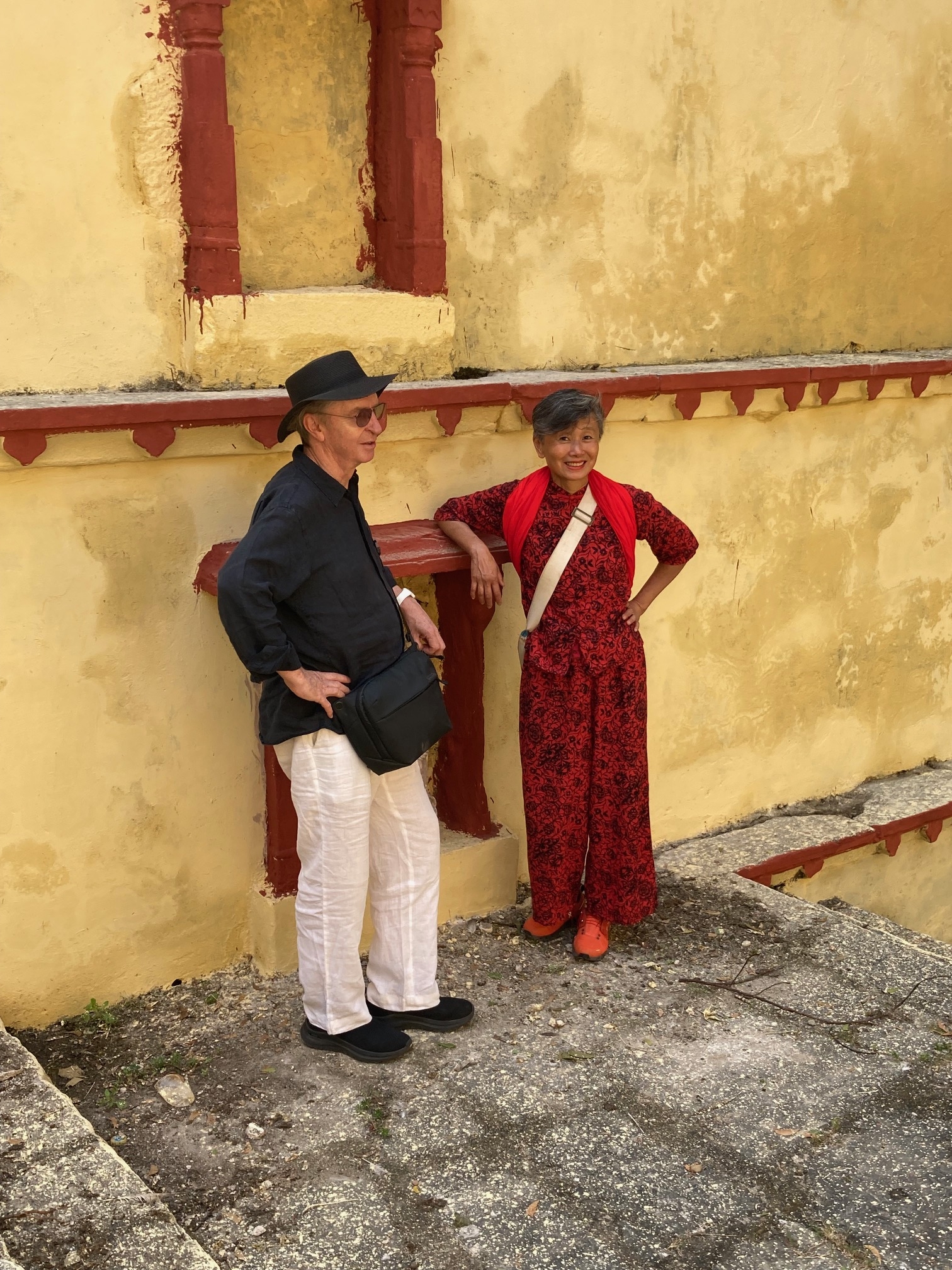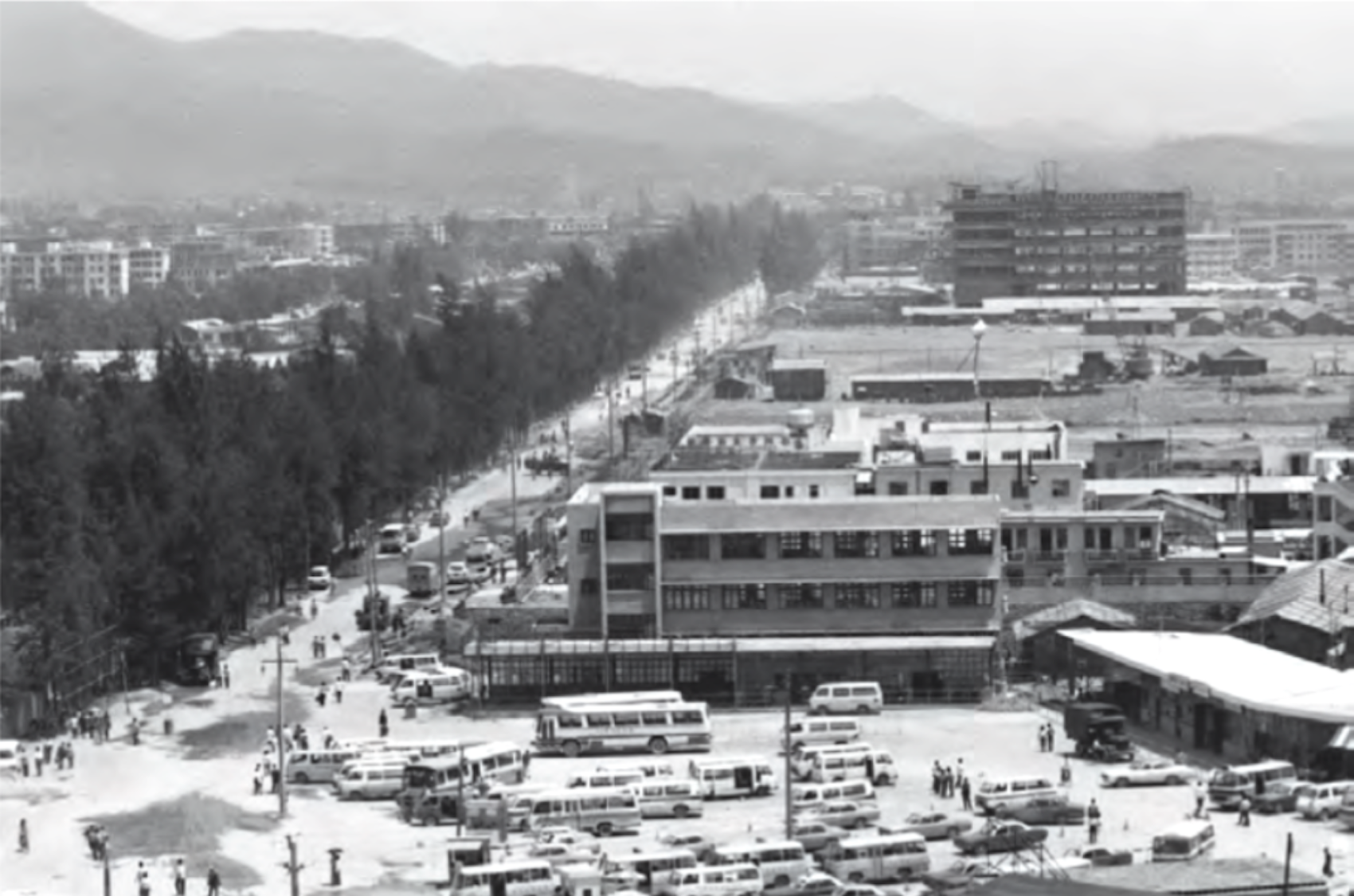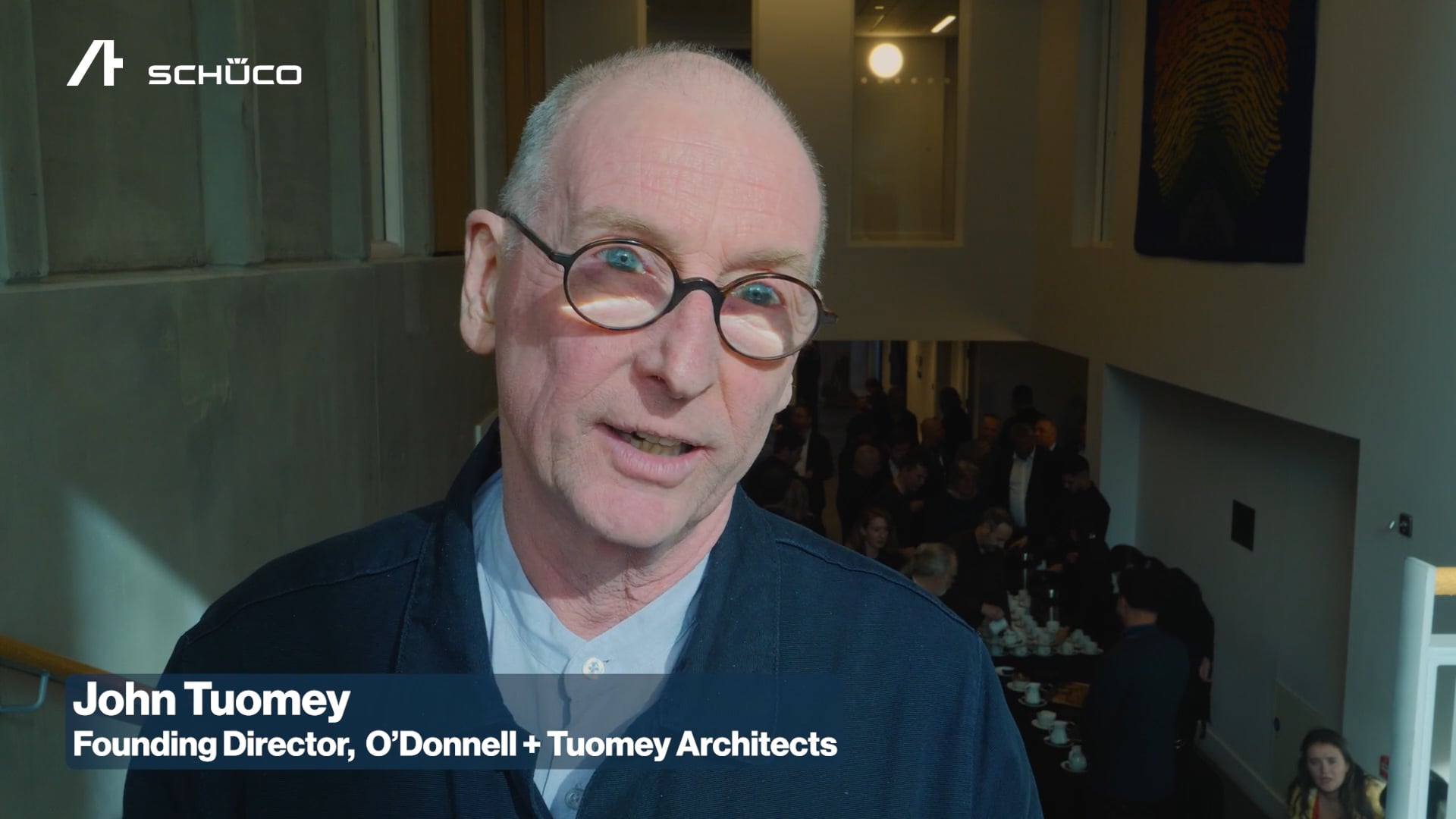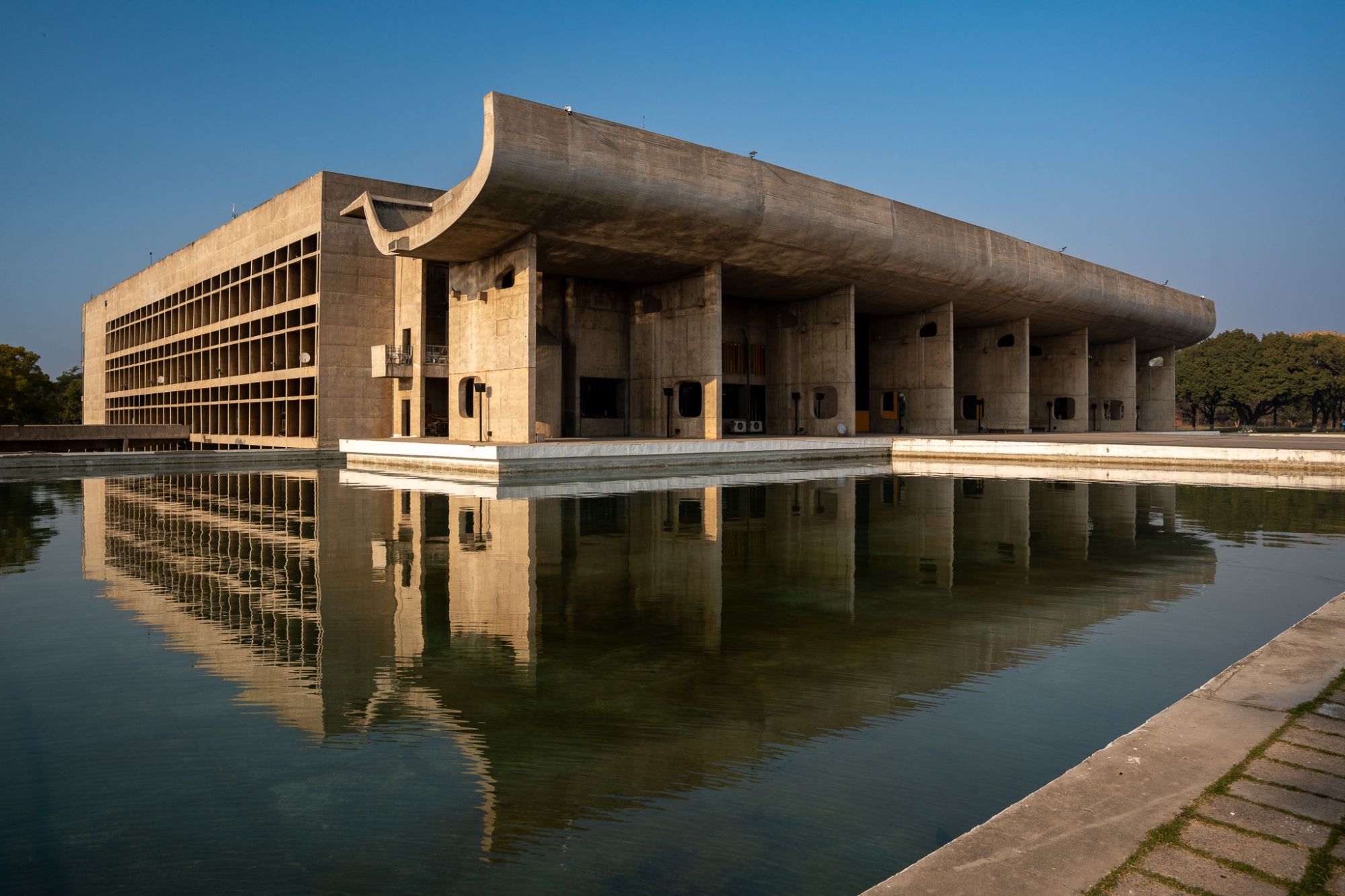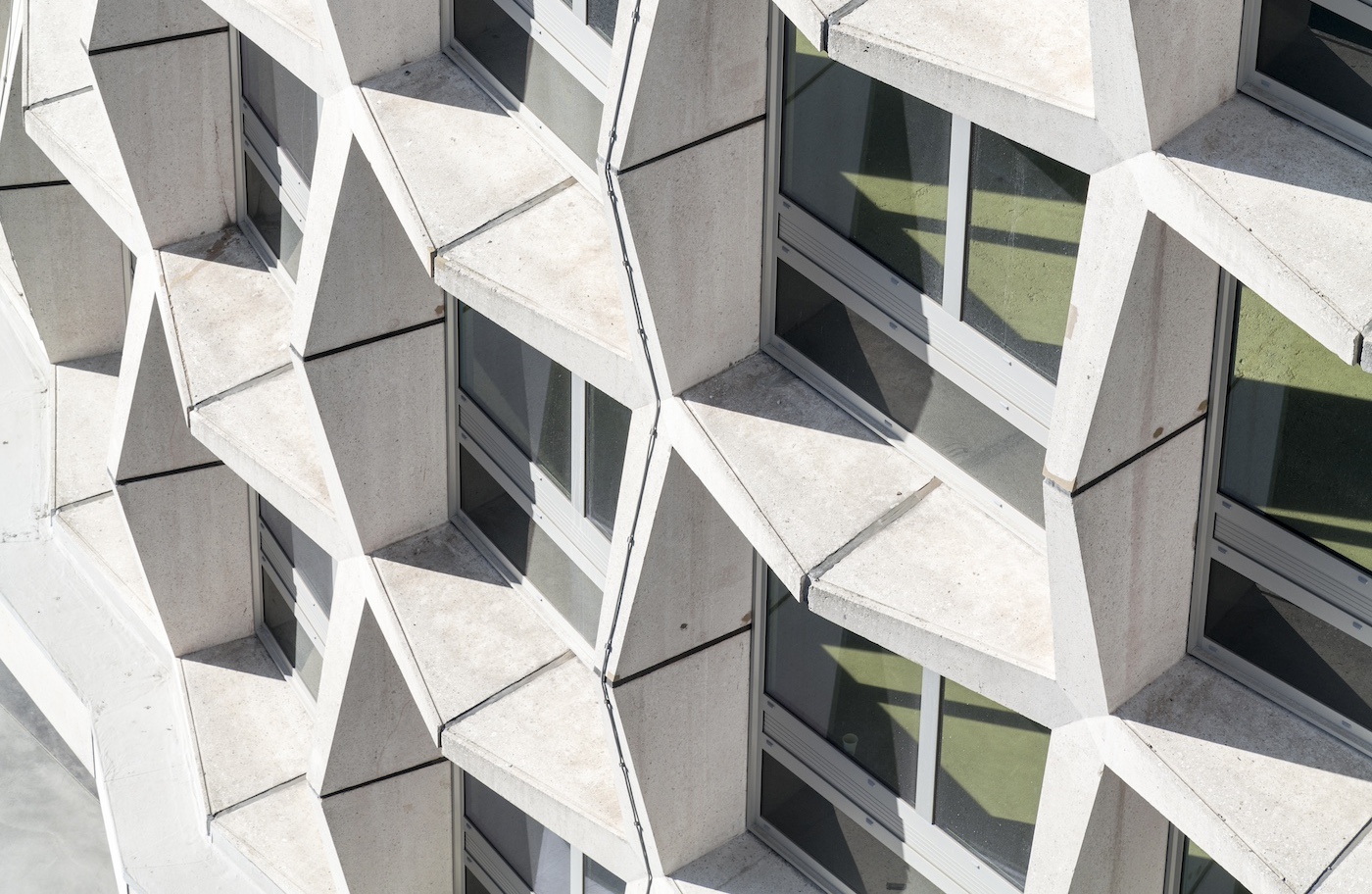
I like to walk, to explore streets and look behind the facade. I like surprises and discoveries. I like places with coastal, river and lake connections. I like personality. Newcastle has all this and more. It welcomes visitors with tales and impressions, and it is an intriguing city that continues to adapt and assert itself.
Late at night, from an eerie on The Close, I had my first memorable view of the Tyne. It’s a spectacle of bridge engineering through the ages, with the New Tyne Bridge (1928) in the foreground, the Gateshead Millennium Bridge (2000), an intriguing kinetic sculpture, and the High Level Bridge (1850), where upper-deck trains look like they would topple off in a following wind. I filed these images, unreliably, under copper greenish/black, white with lighting and sandstone beige. I made a mental note to go down to the Quayside the following day and investigate The Sage, Norman Foster’s shiny blob on the Gateshead side of the river, probably via the Millennium Bridge, wondering if it might wobble like London’s.
Up with the kittiwakes the next morning to see these icons in the daylight, and within minutes I’m standing in front of a five-storey timber-framed merchant’s house with its wide expanses of glazing, then onward under the arch of the Tyne Bridge to the Quayside to examine the fantastic hydraulic mechanism that is the Swing Bridge (1876).
Here are mercantile offices and custom houses, dating back to the eighteenth century, with evocative names such as Baltic Chambers and glorious details. Recently the area has been subjected to regeneration and historic and contemporary buildings now sit happily together, a destination that comes alive when the Sunday market visits.
The Sandgate Steps are a particular delight as, rather than tasteful minimalism, they exude bold metalwork motifs, sculpture and poetic references. Wilkinson Eyre’s Millennium Bridge cleverly tilts to allow river traffic to pass, while the Baltic Arts Centre and The Sage are both great spaces in themselves, even if culture isn’t on your agenda, with inspiring views north to the Quayside.
Crossing the Tyne again I walk on up the Side, where Stephenson’s High Level Bridge flies by overhead, passing the secretive Dog Leap Stairs, which lead up to the surviving keep and fortifications of the original New Castle.
That evening I found a classic pub, known locally as ‘the coffin’. Aided in recent years by its grade-two listing, the Crown Pasada has miraculously retained its original Victorian splendour. Wonderful stained glass panels, decorative joinery to the bar counter, snug and standing shelves, ornate plasterwork ceilings and the proportions of a railway carriage make it a total delight. I spent the evening in good company, not too disadvantaged by the fact that football isn’t my religion. Later on I discovered my dining nirvana in Pan Haggerty, named after the classic and hearty Northumbrian dish.
Each visit since then has revealed new fascinations: the grade-one listed Newcastle Central railway station with its huge neoclassical porte cochère; the Central Arcade with its brilliant beige and brown faience; the masterplanning influences of Richard Grainger and Charles (Earl) Grey; the arcades, markets and monuments – and, not least of all, the evocative 1900s Beehive Hotel. Perhaps because Newcastle inspires such immense civic pride, it is not shy of change – whether in the form of a new installation of poetic steps or the ambition to become a Science City, signalled by the addition of Terry Farrell’s Centre for Life in 2000.
But my kind of town is not so much about individual buildings, fine though many are, as the character that arises from a collective sense of place. Most important too, Newcastle continues to evolve, with new and old working together to create an ever more interesting and engaging future.
Duncan Mackenzie is architect and partner in Mackenzie Wheeler, which he co-founded in 1986, and where he leads hotel, tourism and masterplanning projects.
AT214/ January 11, p.56




